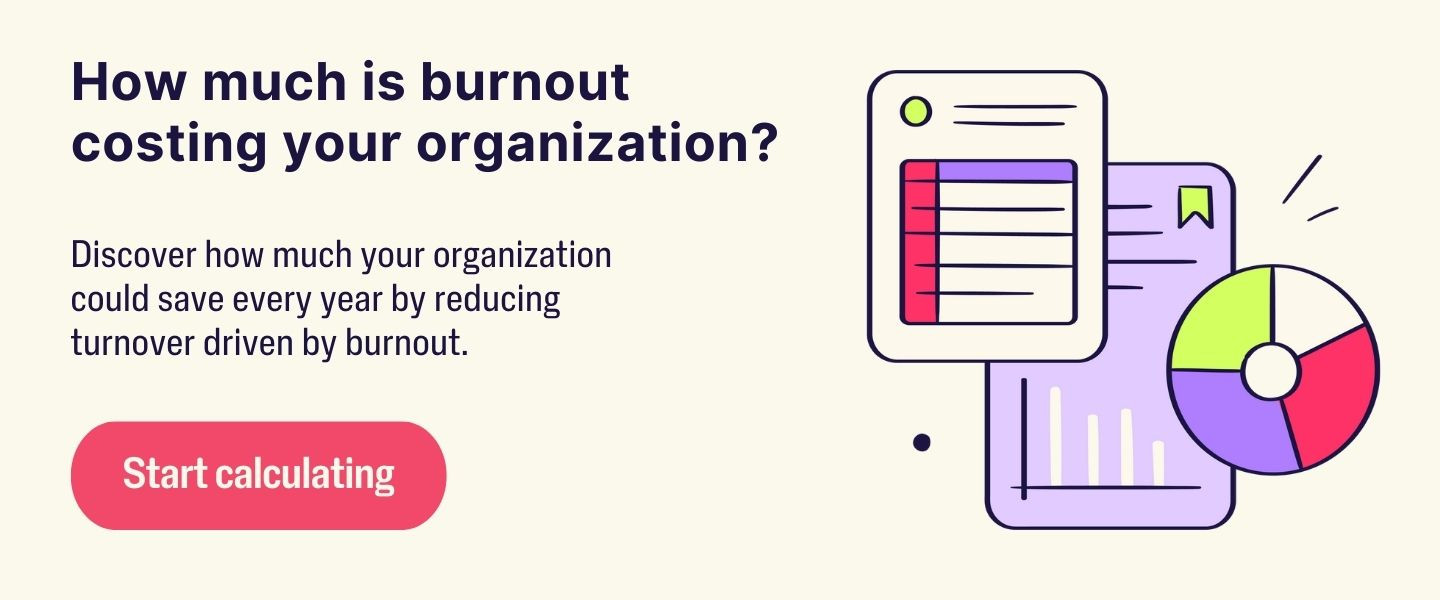How to Prevent Employee Burnout: Effective 7-Step Guide for HR
Last Updated Nov 13, 2025

Key Takeaways
- Burnout drains energy. This long-lasting state of emotional, physical, and mental exhaustion comes from steady workplace stress and reduces motivation, wellbeing, and resistance to illness in both work and personal life.
- Burnout grows from workplace systems. Toxic cultures, unclear expectations, and unmanageable workloads create ongoing pressure that weakens engagement and makes recovery harder. This highlights the need for supportive work environments.
- Early signs matter. Changes in mood, energy, attendance, productivity, and physical health signal that employees may need support. These clues help HR teams act before exhaustion becomes deeply rooted.
- Burnout affects the entire organization. Drops in productivity, rising absenteeism, turnover risk, and higher healthcare costs shape long-term business outcomes. They make early action important for stability and performance.
- Prevention depends on strong structures. Clear expectations, balanced workloads, wellness tools, short breaks, and supportive leadership practices help employees stay resilient and remain engaged.
Your team might look like they’re powering through. But behind the scenes? Burnout could be silently draining morale.
Left unchecked, employee burnout can linger for months—sometimes longer—taking a serious toll on both wellbeing and performance. And while recovery is possible, it doesn’t happen without intentional support from leadership.
Here’s the good news: as an HR leader, you can create the safety net your people need. Open conversations. Flexible policies. Thoughtful adjustments to workloads and roles. These aren’t just nice-to-haves—they’re essential tools for tackling burnout before it spirals.
Want to help your team bounce back stronger? Uncover the key questions every HR leader should ask to transform burnout from a hidden crisis into an open opportunity for growth.

Support Long-Term Burnout Recovery
Burnout isn’t just a short-term hurdle. Employees can struggle for months without the right support. Many avoid asking for help, worried it might hurt their careers.
A wellbeing program removes that fear by normalizing care. It gives employees tools like stress management resources, mental health support, and flexible solutions that protect work-life balance. Research shows 75% of employees with Wellhub say their mental wellbeing improved over the last year, compared to 43% of employees that don't have access to Wellhub. Healthier employees recover faster—and stay productive longer.
Speak with a Wellhub Wellbeing Specialist to help your people recover from burnout—and build a workplace where burnout can never take over again.

Company healthcare costs drop by up to 35% with Wellhub*
See how we can help you reduce your healthcare spending.
Category
Share

The Wellhub Editorial Team empowers HR leaders to support worker wellbeing. Our original research, trend analyses, and helpful how-tos provide the tools they need to improve workforce wellness in today's fast-shifting professional landscape.
Subscribe
Our weekly newsletter is your source of education and inspiration to help you create a corporate wellness program that actually matters.
Subscribe
Our weekly newsletter is your source of education and inspiration to help you create a corporate wellness program that actually matters.
You May Also Like

Corporate Wellness Trends HR Must Know for 2026 | Wellhub
See the top 2026 wellness trends shaping performance, retention, and culture—plus how HR can build a unified, ROI-driven wellbeing strategy.

Wellness Points Programs: Boost Employee Health & Engagement | Wellhub
Turn your workplace wellness strategy around with a points program that rewards healthy behavior with perks, from extra time off to gift cards.

Employee Financial Wellness Programs: Ultimate HR Guide | Wellhub
Create an effective financial wellness program that supports your employees in their financial needs, boosting productivity and retention.